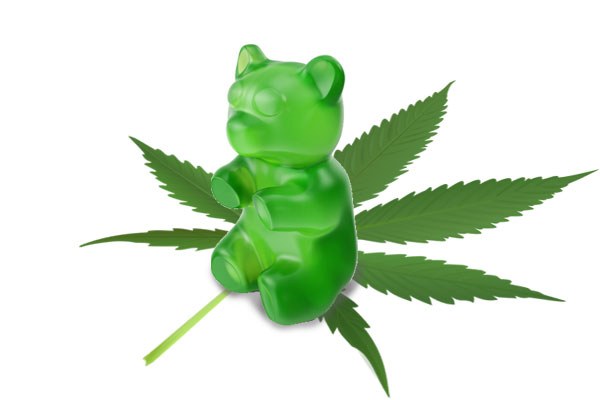After many months of scratching our heads on why legalising cannabis in Canada seems to be such a big deal, we decided to research the answer to that question ourselves. Here’s what we came up with.
The legal Canadian beverage alcohol industry took hundreds of years to develop into its current size and structure. It was most profoundly changed by its short illegal phase in the US market—prohibition of the 1920’s and early 1930’s. It was also used for medicinal purposes, especially in early days. Now it sits at $22.1B in current annual revenue, $6.1B of which goes to Canadian governments [1]. 90% of Canadians over 15 years old have consumed some form of alcohol in the last 12 months [2].
Follow the money
Canada’s legal cannabis industry is predicted to be almost 25% of the mature beverage alcohol industry in revenue in its first legal year [1]. Statistics Canada predicts 5.4M users in the first quarter of legalisation—that’s about 20% of Canadians 15 years of age and older. So it starts big.
Follow the marketing
Then there’s the marketing angle. As Baby Boomers continue to require more age-related health care, imagine them having easy access to something that helps with some circulatory problems, eases some types of pain, increases appetite, can be a sleep aid and generally makes you feel happier—while being less addictive than many of the prescription medications they may already be taking. We’re not talking about smokable cannabis here, we’re talking about edible, extract and infusion formats that are still a year away from legalisation for recreational use.
We believe the early legal cannabis industry insiders expect the non-smokable formats will be the basis of significant cannabis usage growth from new (older) users, based in part on the marketing angle above. When edible and infusion formats become legal for recreational use, the distinction between medical and recreational market segments will melt away. This could make legal cannabis 50% as big (~$11B) as legal beverage alcohol in 10-15 years [3]. So it starts big and it’s going to get bigger quickly.
This is why current cannabis producers have market capitalisations of more than $10B, almost to the level of the world’s biggest gold producing company, yet with little revenue and no profitability. This is not to say cannabis producers like Canopy Growth and Tilray aren’t currently over-valued, but there is certainly some rational basis for their stock market price. The cynical will say that the big money (percentage-wise) in legalised pot has already been made by the insiders, as everyone jumps aboard the bandwagon before the need to worry about pesky things like government meddling and profitability that justifies valuation.
Marketers of legal pot will face very similar restrictions to the current tobacco and prescription drug industries [4], and in the area of marketing communications, government control will actually be more restrictive than for the beverage alcohol industry. Marketing communications will not be allowed to use endorsers of any kind, including customer testimonials, and the brand must not be presented as being part of an ‘appealing’ lifestyle. This will be interesting.
- National Post, “Legal cannabis sales could reach more than $1B in fourth quarter: Statistics Canada“, Sep 21, 2018.
- Government of Canada, Canadian Alcohol and Drug Use Monitoring Survey, 2012.
- Estimate based on Constellation Brands, investor presentation for Barclays Global Consumer Staples Conference, Sep 5, 2018.
- Kelly Harris and Katrina Kairys. “Canada: Cannabis Legalized With Strict Advertising And Packaging Rules“. Miller Thomsom LLP, July 3, 2018.






My daily reading of Strategy has uncovered a curious trend – career marcom agency people moving to the cannabis industry. Can’t figure why that would be. If anyone has a theory, please let me know.